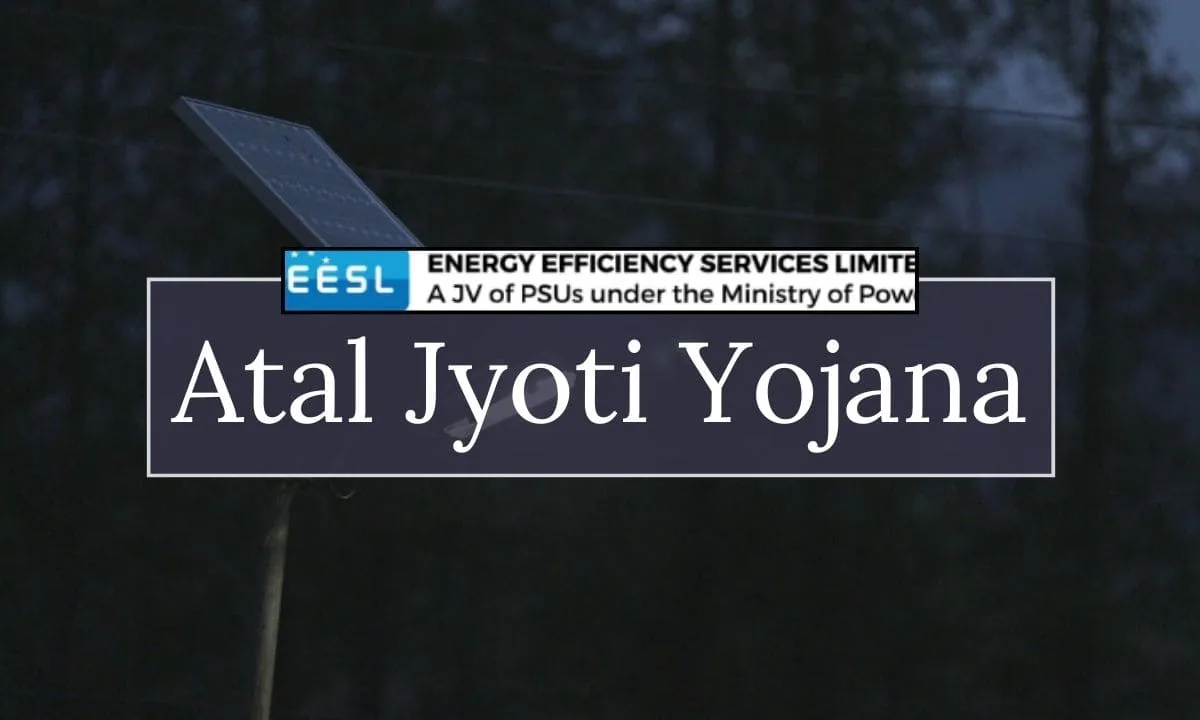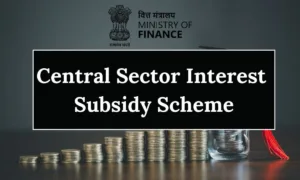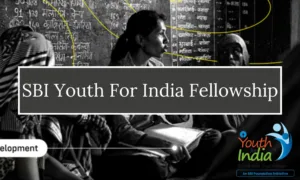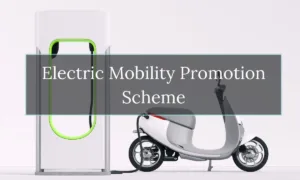Atal Jyoti Yojana: Despite the passage of many years since India gained independence, numerous regions in the country still need more adequate development. In several areas, even basic infrastructure like electric poles needs to be present. Moreover, in places where electricity is available, frequent power cuts disrupt daily life, contributing to silence and darkness at night. Solar lights have emerged as a transformative solution in India, illuminating remote areas and fostering sustainability. These eco-friendly devices harness solar energy to provide reliable illumination, addressing the challenges of power shortages in rural regions.
Recognizing this, the government has initiated a crucial program called the Atal Jyoti Yojana to bring light to such underserved areas. This article aims to explore the initiatives undertaken by the government under this scheme and how its benefits are being extended to the targeted regions. In this article, we will help in competitive examinations like UPSC, UKPSC, UPPSC, and others
What is Atal Jyoti Yojana?
The Atal Jyoti Yojana 2024, implemented by the Central Government across all states in India, focuses on the installation of solar street lights in areas prone to darkness at night. The primary beneficiaries of this initiative are the residents of rural and remote regions. Unlike urban areas where electricity ensures adequate lighting, rural locations often experience darkness due to power cuts or infrastructure deficiencies. The deployment of solar street lights in these rural areas has significantly illuminated the night environment, reducing the risk of theft and enabling residents to carry out essential tasks under well-lit conditions.
One doesn’t have to apply for the scheme, the ministry will itself find such places or remote districts that need solar street lights.
| Atal Jyoti Yojana 2024 Key Highlights | |
| Atal Jyoti Yojana Launch Date | September 20, 2016 |
| Atal Jyoti Yojana Official Website | AJAY Official Website |
| Atal Jyoti Yojana Objective | To provide solar street lights to those states that are facing darkness due to power cuts or infrastructure deficiencies. |
| Atal Jyoti Yojana Implementing Agency | Energy Efficiency Services Limited (EESL) |
| Atal Jyoti Yojana Benefitted States | Uttar Pradesh, Assam, Bihar, Odisha, Jharkhand, Madhya Pradesh, Uttarakhand, Rajasthan and Gujarat. |
| Atal Jyoti Yojana Total Phases | Two (Phase 1 and Phase 2) |
| Atal Jyoti Yojana Under which Ministry | Ministry of New and Renewable Energy |
| Atal Jyoti Yojana Helpline Number | 1800 180 3580 |
Atal Jyoti Yojana Objective
The primary aim of the Atal Jyoti Yojana is to address the darkness prevailing in villages, towns, and remote districts during the night. The scheme focuses on the installation of street lights, which diverge from conventional electricity-dependent systems. Instead, each street light incorporates a solar panel and a battery. The solar panel harnesses energy from the sun, charging the battery during the day. Consequently, when the street light switch is activated in the evening, it automatically illuminates, effectively eliminating darkness at night.
Benefits and Features of Atal Jyoti Yojana
- Initiated by Prime Minister Modi in 2016, the scheme prioritizes the installation of solar-powered street lights.
- The solar charging mechanism ensures that the streets in rural areas remain well-lit at night.
- Enhanced street lighting acts as a deterrent to anti-social activities, contributing to improved safety.
- The scheme facilitates nighttime studies for underprivileged students in rural areas who lack access to electricity.
- Currently, approximately 2.72 lakh solar lights have been installed across 257 districts in villages and towns throughout the country.
- Ongoing efforts involve the continued installation of solar lights in identified locations as part of the scheme.
- Union Energy Minister RK Singh, in a statement to the Rajya Sabha on December 19, 2023, highlighted the robust endeavors undertaken to alleviate darkness in villages and towns.
- The scheme specifically targets areas with insufficient electricity supply, installing solar LED lights to address the lighting deficit.
- Permission was granted under the scheme to install around 1.45 lakh solar street lights between 2016 and 2018, with 1,35,000 lights successfully installed.
- In the second phase of the initiative, a goal was established to deploy 150,000 solar lights through the scheme, with 1.37 lakh solar street lights already successfully installed, and the ongoing installation of additional street lights.
- As part of the Atal Jyoti Yojana, over 2.72 lakh solar streetlights have been implemented across 257 districts in the country.
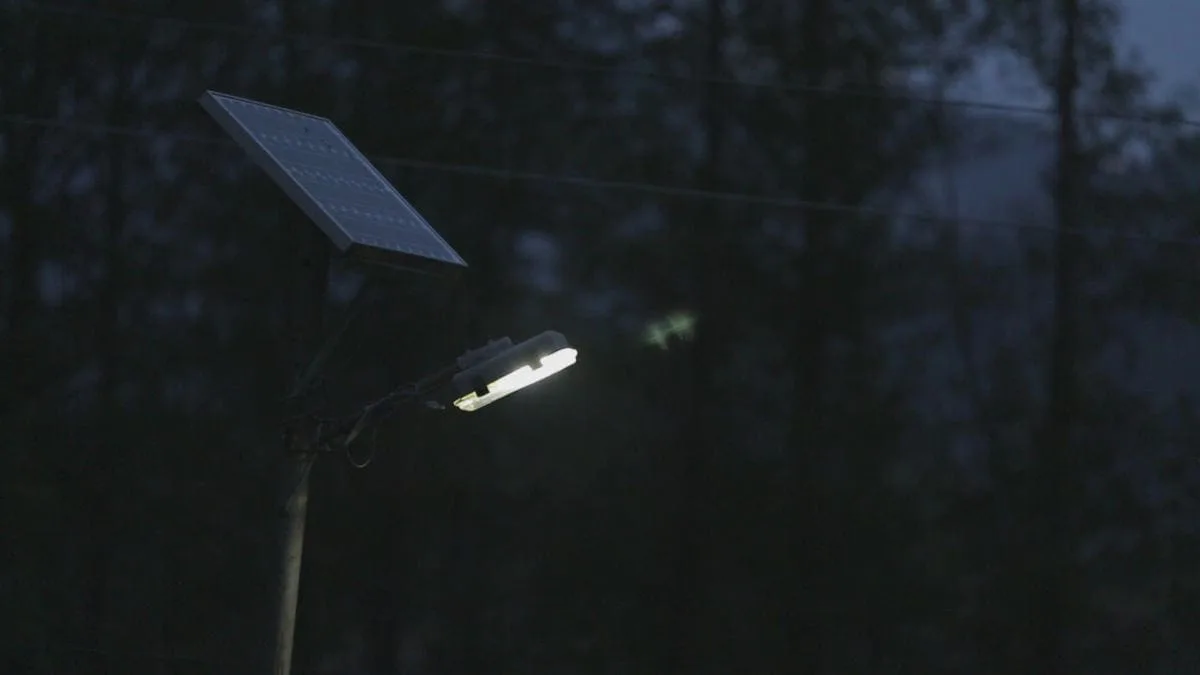
Update on Solar Street Lights under Atal Jyoti Yojana
The Union Minister for New & Renewable Energy and Power has provided information regarding the deployment of street lights through the Atal Jyoti Yojana (AJAY).
Phase I of AJAY, aimed at installing solar street lights (SSLs) with partial funding from the MPLADS Fund, commenced in September 2016 and was slated for implementation until March 31, 2018. By the latter date, District Magistrates (DMs) had approved the installation of approximately 1.45 lakh SSLs, utilizing the MPLADS Fund under AJAY Phase-I. Despite the allocated timeline, about 1.35 lakh SSLs were successfully installed.
Phase II of AJAY commenced in December 2018, intending to conclude within one year but was later extended until March 31, 2021. However, due to the COVID-19 outbreak, the Government suspended the MPLADS Fund for the fiscal years 2020-21 and 2021-22. Consequently, AJAY Phase-II, partially funded through the MPLADS Fund, was discontinued on April 1, 2020, for new sanctions.
As of March 31, 2020, DMs had sanctioned around 1.50 lakh SSLs for installation under AJAY Phase-II, utilizing the MPLADS Fund. Due to COVID-19-related constraints and supply chain issues, the installation period was initially extended to December 31, 2021, and subsequently, further extended to June 30, 2022. Within this extended timeframe, roughly 1.37 lakh SSLs were reported to have been installed under AJAY Phase-II.
EESL, the implementing agency for the scheme, cited various reasons for incomplete installations, including delays in confirming installation sites and the release of funds from the MPLADS Fund.
The Ministry of New and Renewable Energy is currently considering a proposal, resembling AJAY, for the provision of solar street lights.
Source: PIB
Solar Rooftop Yojana 2023 | Apply Online at the National Portal of Rooftop Solar
Number Of States Covered
Phase 1
The implementation of 7 W solar LED street lights during Phase I targets rural, semi-urban, and urban areas with less than 50% grid connectivity in the states of Uttar Pradesh, Assam, Bihar, Jharkhand, and Odisha. These solar lights have been strategically installed along major roads, markets, and public facilities in remote regions, aiming to significantly improve the overall quality of life for residents.
Phase 2
During Phase II, the initiative expands its coverage to the following regions:
- States previously covered in Phase I: Uttar Pradesh, Assam, Bihar, Jharkhand, and Odisha
- Hilly states of Jammu and Kashmir, Himachal Pradesh, and Uttarakhand
- North-eastern states, including Sikkim
- Islands of Andaman Nicobar and Lakshadweep
- Parliamentary constituencies encompassing 48 Aspirational districts in states not included in the categories mentioned above.
This extension reflects a comprehensive approach to bringing illumination to diverse geographical areas, contributing to the well-being and development of communities.
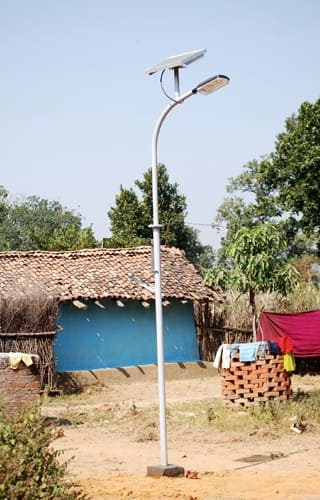
Atal Jyoti Yojana Budget
The scheme’s overall expenditure amounts to Rs 583 crore, with the Ministry of New & Renewable Energy (MNRE) contributing 75% of the street lights cost, and the remaining 25% sourced from the Member of Parliament Local Area Development funds (MPLADS).
| State/UT | AJAY Phase 1 | AJAY Phase 2 | ||
| SSLsinstalled | No. of Districts covered | SSLsinstalled | No. of Districts covered | |
| Uttar Pradesh | 79,543 | 56 | 40,948 | 51 |
| Bihar | 29,923 | 25 | 23,822 | 31 |
| Jharkhand | 10,535 | 10 | 3,500 | 4 |
| Odisha | 8,733 | 9 | 4,498 | 8 |
| Assam | 6,659 | 7 | 6,495 | 10 |
| Manipur | – | – | 1,500 | 1 |
| Tripura | – | – | 4,000 | 2 |
| Himachal Pradesh | – | – | 800 | 2 |
| Uttarakhand | – | – | 8,450 | 8 |
| Jammu & Kashmir | – | – | 6,000 | 4 |
| Tamil Nadu | – | – | 2,000 | 1 |
| Telangana | – | – | 500 | 1 |
| Lakshadweep | – | – | 2,000 | 1 |
| Chhattisgarh | – | – | 2,499 | 3 |
| Gujarat | – | – | 3,000 | 2 |
| Karnataka | – | – | 3,000 | 2 |
| West Bengal | – | – | 9,477 | 5 |
| Punjab | – | – | 1,000 | 1 |
| Rajasthan | – | – | 2,262 | 3 |
| Andhra Pradesh | – | – | 5,500 | 2 |
| Madhya Pradesh | – | – | 5,975 | 8 |
| Total | 1,35,393 | 107 | 1,37,226 | 150 |
